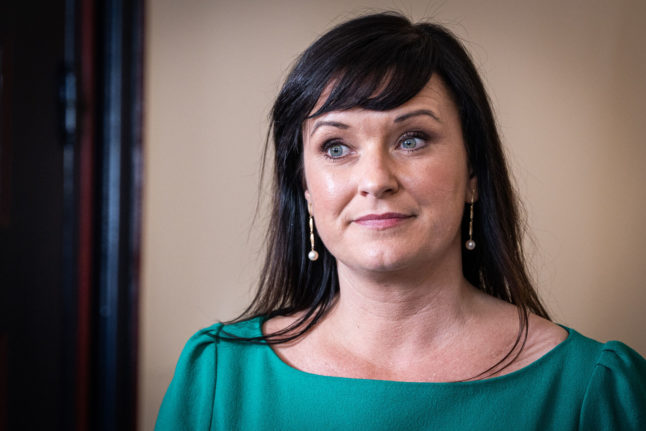The rising incidence of skin cancer in Sweden is a worrying health issue and a substantial drain on Sweden’s health system, according to Professor Yvonne Brandberg from the Swedish Cancer Foundation. Between 2006 and 2007, there were over 2,000 cases of invasive malignant melanoma, and over 4,000 cases of the less aggressive squamous cell carcinoma, reported in Sweden.
However there were almost 40,000 cases of basal cell carcinoma reported, a cancer that is rarely fatal but can cause nasty disfigurement if left untreated. Brandberg notes that the Scandinavian countries, particularly Sweden and Norway, are considered to have very high incidence rates of malignant melanoma, taking latitude into account.
Brandberg, who has extensively researched sun attitudes and behaviour, and cancer risk prevention, says that while studies show that Swedes are very aware of the cancer risk associated with suntanning, this does not always translate into sun-safe behaviour.
“Knowledge is one thing, but emotions are something else. When people are out in the sun, having a malignant melanoma is a fairly remote hypothetical risk,” Brandberg says.
The cancer researcher attributes Swedes’ sun-seeking behaviour to Sweden’s long, dark winters, and the urge to make hay while the sun shines:
“In Sweden, the weather is so unreliable, so if people want to have a tan, they feel they have to go out and try to catch as much sun as they can that day, because you never know what the weather will be doing the next day,” she says.
Interestingly, Swedes are more likely than people in other countries to associate suntanned bodies with being healthy and attractive, Brandberg says.
“We have studied people in different countries, where respondents have been asked to look at a number of photos and rate the best tan. Swedish respondents chose the darker models, so we have this thing that we think it’s beautiful to be tanned,” she says.
With summer just around the corner, Brandberg offers some simple steps for people to follow, so that they can enjoy Sweden’s summer sun safely.
• Protect yourself during the most dangerous hours of the day, when the sun is at its strongest, between 11 in the morning and 3 in the afternoon. This means wearing clothes whenever possible.
• It’s OK to be more exposed outside those most dangerous times.
• Wear a hat when you are out in the sun.
• It is very important to protect children from the sun, so make sure children are not out in the direct sun, especially when the sun is at its strongest.
• If you are using sunscreens, they should be applied properly, and reapplied frequently. Sunscreens are absorbed by the skin, and become less effective at protecting the skin from burning.
• If you need to swim, be careful. Use sunscreen and cover up if possible.
• It is not possible to estimate a safe period of time that you can be out in the sun, before it gets dangerous. It varies from person to person, and can depend on a number of things, including skin type and hereditary factors.
• Never use solariums.
Unfortunately the sun-safe message often doesn’t get through, Brandberg said: “Here in Sweden, people hesitate to give clear advice about sun protection and the danger of skin cancer, because it’s unpopular – we are a sun worshipping culture.”
But more help is coming for those who are concerned about cancer risk. Brandberg and academics across Europe, the US and Australia are collaborating to build an interactive web-based, self-help tool for people who want to understand their cancer risk and what to do about it.
The study compares the sun exposure habits of the general public and people with malignant melanomas, to draw conclusions about the hereditary risk of contracting cancer through sun exposure. The web-based tool should be up and running by 2010.



 Please whitelist us to continue reading.
Please whitelist us to continue reading.